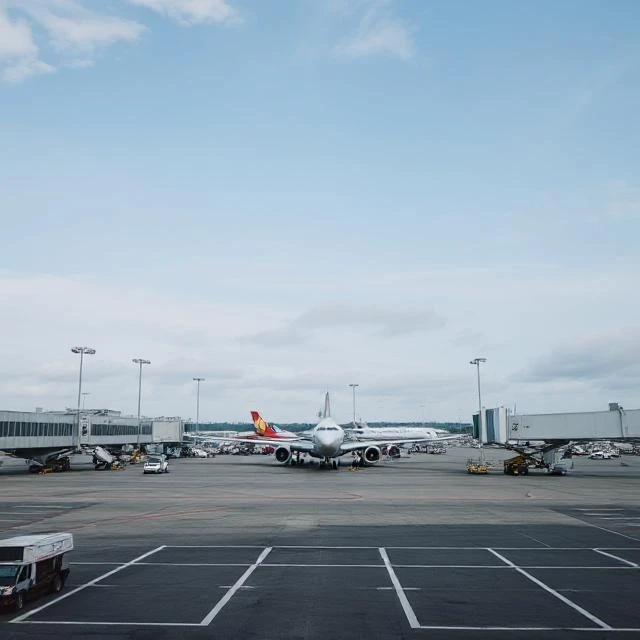Airport parking facilities prioritize security to ensure the safety of travelers’ vehicles and belongings. Given the high volume of passengers and vehicles passing through daily, airports implement multiple security measures to prevent theft, vandalism, and other security threats. These provisions range from surveillance systems and controlled access points to on-site personnel and emergency protocols.
Surveillance Systems
One of the most essential security features at airport parking facilities is a robust surveillance system. High-definition CCTV cameras are strategically placed to monitor all areas, including entrances, exits, and individual parking spaces. These cameras operate 24/7, providing real-time footage to security teams who can quickly respond to suspicious activities. Many modern airports integrate AI-driven surveillance, which can detect unusual behavior and alert security personnel instantly.
Controlled Access and Ticketing Systems
To prevent unauthorized access, most airport parking areas utilize gated entry systems with ticketing or digital verification. Some airports use license plate recognition (LPR) technology to automatically log vehicle details, ensuring that only registered cars enter and exit. In premium or reserved parking sections, access may require RFID-enabled passes or QR codes, further enhancing security.
On-Site Security Personnel
Despite advanced technology, human security presence remains crucial. Airport parking areas are patrolled by security officers who monitor activity, assist travelers, and respond to emergencies. Some airports also employ K-9 units trained to detect explosives or illegal substances. These officers work in coordination with law enforcement agencies, ensuring a rapid response to any potential threats.
Adequate Lighting and Visibility
Proper lighting is a fundamental security measure in airport parking areas. Bright, well-distributed lighting reduces blind spots, discourages criminal activity, and enhances visibility for surveillance cameras. Many airports invest in motion-activated lighting to improve energy efficiency while maintaining security in less trafficked areas.
Emergency Call Stations and Panic Buttons
To provide immediate assistance in case of emergencies, airports install emergency call stations throughout parking areas. These call boxes or panic buttons connect directly to security or airport authorities, allowing travelers to report suspicious behavior or request help. Some modern facilities also integrate mobile app-based emergency alert systems, enabling passengers to call for assistance from their phones.
Perimeter Security and Physical Barriers
Airports implement strong perimeter security to prevent unauthorized entry or vehicle theft. Fencing, barriers, and security gates help restrict access to designated parking zones. Additionally, anti-ram bollards are often installed near pedestrian walkways and terminals to prevent vehicular threats.
Vehicle and Baggage Screening
Some high-security airport parking facilities conduct random vehicle checks, using trained personnel and explosive detection devices. In long-term parking areas, some airports may even require vehicles to be registered in advance for additional security screening. These measures help mitigate the risk of illegal or dangerous items being stored in parked vehicles.
Smart Parking and Mobile Security Alerts
Many airports now integrate smart parking solutions that enhance security while improving convenience. Mobile apps allow travelers to locate their parked vehicles, receive security updates, and even report suspicious activity. Automated systems can detect if a vehicle has been left unattended for an extended period, triggering alerts to security personnel.
By implementing these security provisions, Parking Tucson Airport facilities ensure a safe environment for travelers and their vehicles. These measures not only protect against theft and vandalism but also contribute to overall airport security, reinforcing safety for all passengers.


